
How to store essential oils and hydrosols is a topic often overlooked when discussing natural aromas. However, when it comes to the practical use of aromatherapy tools, this question becomes crucial. Proper storage conditions directly affect the aroma and therapeutic qualities of both essential oils and hydrosols. Moreover, it determines their safety and effectiveness.
Essential oils and hydrosols are true treasures of nature! To fully benefit from their therapeutic potential, be enchanted by their magical scents, and avoid any allergic reactions, it is essential to treat them with care and provide the right storage conditions. In this article, we’ll go over the key aspects — from chemical composition differences and environmental impacts to practical storage tips and smart organization.
Essential oils and hydrosols are core tools in aromatherapy, yet they are very different aromatic substances. Consequently, their storage conditions and shelf lives vary as well.
Each essential oil has a unique chemical profile made up of numerous volatile organic compounds — terpenes, aldehydes, esters, alcohols, ketones, phenols, and more. Each of these has its own structure, size, and molecular weight, which form the individual aromatic and therapeutic profile of the oil.
This means that depending on the chemical composition, essential oils require different storage conditions and have different shelf lives. That’s why a basic knowledge of chemistry is very helpful in aromatherapy.
How to Store Essential Oils?
Some essential oils deteriorate in heat and should be stored in the refrigerator. Others, on the contrary, are best stored in a warm room, as cold temperatures can make them thick or even solidify them.

However, there are factors that negatively affect all essential oils. Some degrade faster than others under the same conditions, but none are immune. Let’s look at these in more detail:
Degradation Factors
- Oxidation: Monoterpene oils (like limonene in citrus oils) are especially vulnerable. These molecules lack oxygen atoms and easily bond with oxygen, forming new structures that may be harmful, especially when applied to the skin. Frequent opening of bottles increases oxidation risk for all oils.
- Photochemical degradation: Exposure to UV light can destroy the therapeutic properties of aldehydic and phenolic oils, and may even produce unstable or toxic compounds.
- Heat: High temperatures cause lighter molecules to evaporate and heavier ones to degrade. This not only shortens shelf life but also alters the oil’s profile, possibly rendering it ineffective or harmful.
Which Container Is Best for Essential Oils?

The type of container matters a lot. Proper containers are essential for safe and effective aromatherapy use.
- Glass is ideal — it’s non-reactive and doesn’t absorb or break down aromatic compounds.
- Plastic can degrade over time and release toxins when exposed to essential oils (only for diluted, short-term use).
Colored glass is best:
- Amber (dark brown): Offers the best UV protection.
- Blue glass: Attractive but less protective; better for diluted oils.
- Green glass: Some protection, less than amber.
- Clear glass: Not suitable for long-term storage due to light exposure.
Plastic containers may be used for short-term storage of diluted products like mosquito sprays or personal inhalers — but only for 3–4 months, and preferably made of food-grade, dark, opaque plastic.
Optimal Storage Conditions for Essential Oils
- Temperature: 5–15 °C (41–59 °F) is ideal. Citrus and conifer oils benefit from even colder storage.
- Above 25 °C (77 °F): Shelf life is cut in half.
- At 30 °C (86 °F): Shelf life is cut to one-third.
- Humidity: Should not exceed 60%. Avoid storing oils in the bathroom.
- Light: Store in a dark room, cupboard, or opaque box. Refrigerators are ideal for monoterpene oils.
- Seal Tightly: Prevents evaporation and oxygen exposure.
What About Hydrosols?

Hydrosols are water-based solutions containing water-soluble plant compounds and often a small amount of essential oils. They are less stable and have shorter shelf lives than essential oils.
- Refrigeration is essential: Store at 4–8 °C (39–46 °F).
- If no preservatives are used: Use within 2–4 weeks after opening. With refrigeration, some last longer.
- Use dark glass bottles; high-quality dark plastic is acceptable for short-term use.
- Avoid heat and light, just like with essential oils.
Common Storage Mistakes
- Loose caps: Causes evaporation and oxidation.
- Storing near light and heat: Accelerates degradation.
- High temperatures: Shorten shelf life.
- Plastic for long-term storage: Reduces aroma and therapeutic value.
Practical Tips for Storage & Organization
- Always label new bottles with the opening date.
- Use dispensers for massage blends and droppers for pure oils.
- Store in dark cabinets or opaque containers.
- Buy smaller volumes to avoid long storage.
- Transfer large volumes into smaller daily-use containers and refrigerate the rest.
A professional approach to storing essential oils and hydrosols relies on understanding their chemistry and external influences. Choosing the right containers, maintaining optimal conditions, and handling these natural gifts with care ensures their therapeutic and aromatic properties are preserved for as long as possible.
By following these guidelines, you can maximize the potential of your oils and hydrosols and enjoy their benefits safely and effectively.



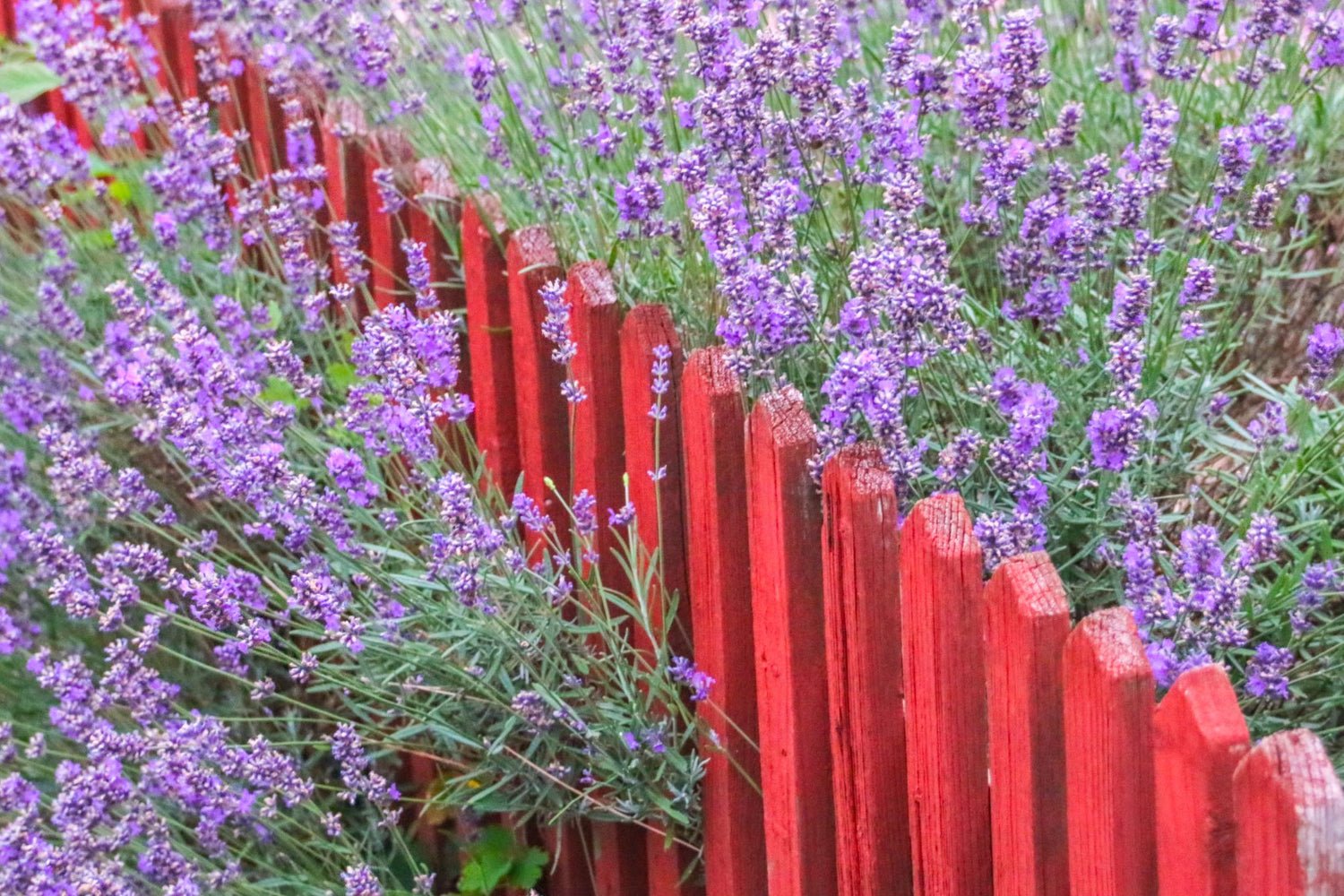

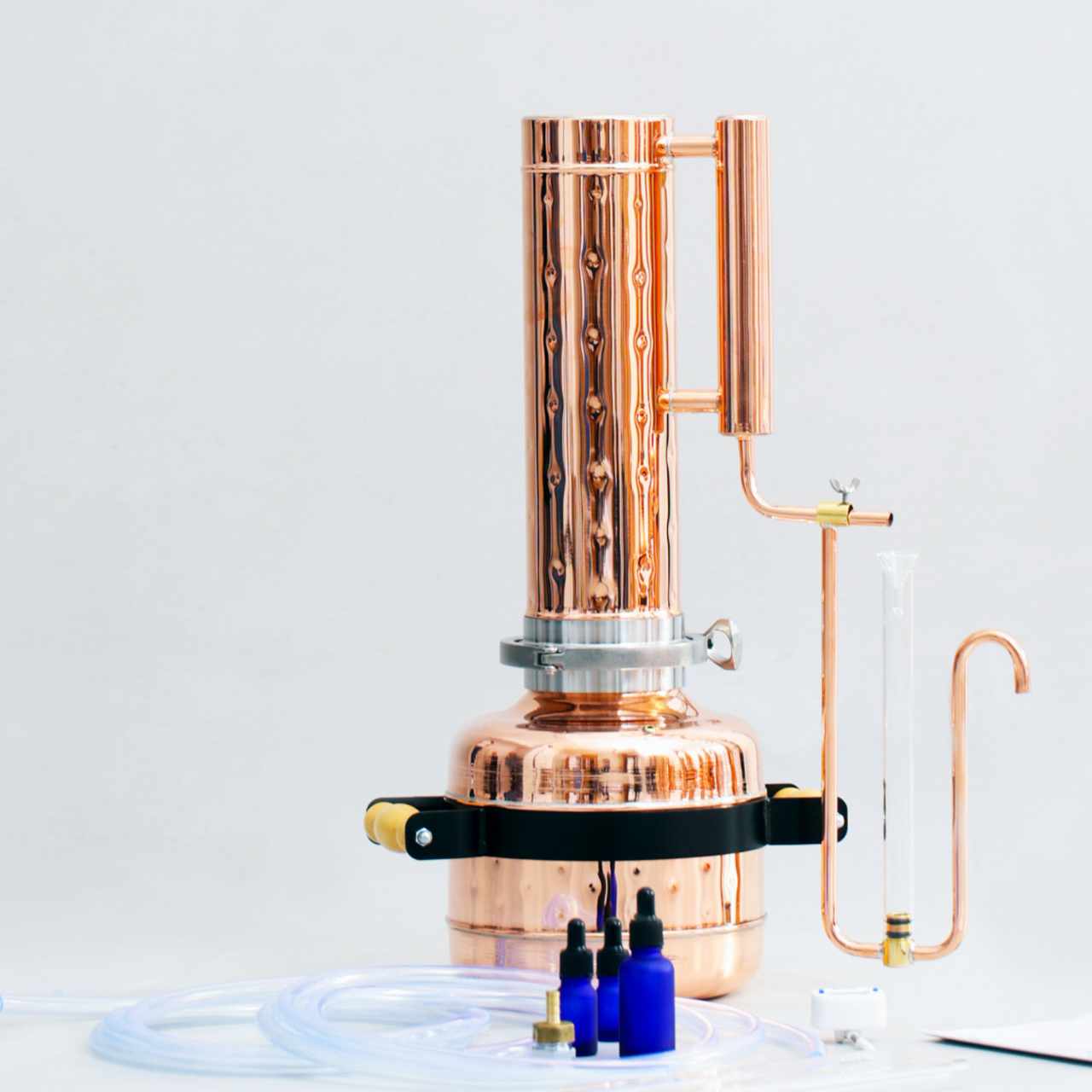
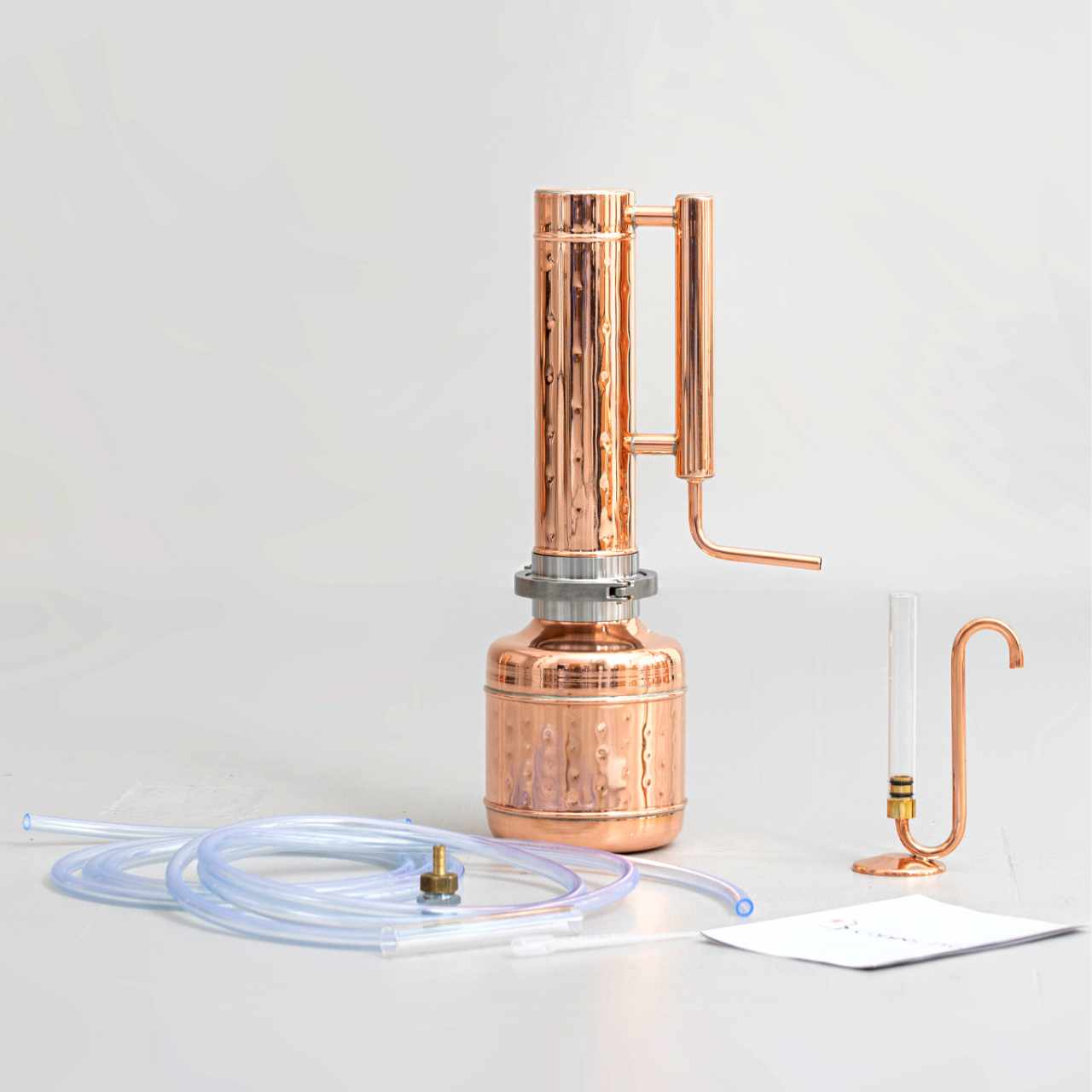



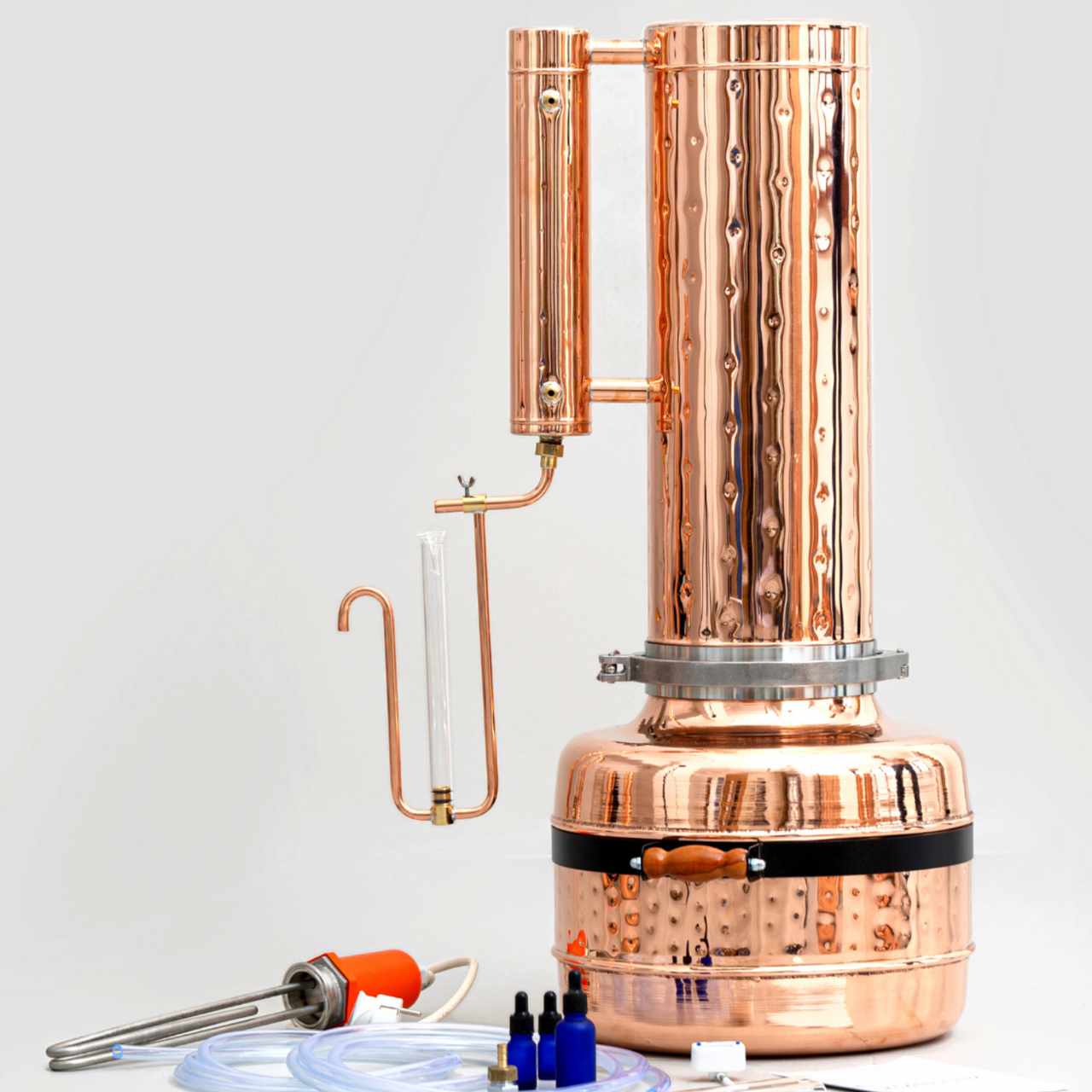
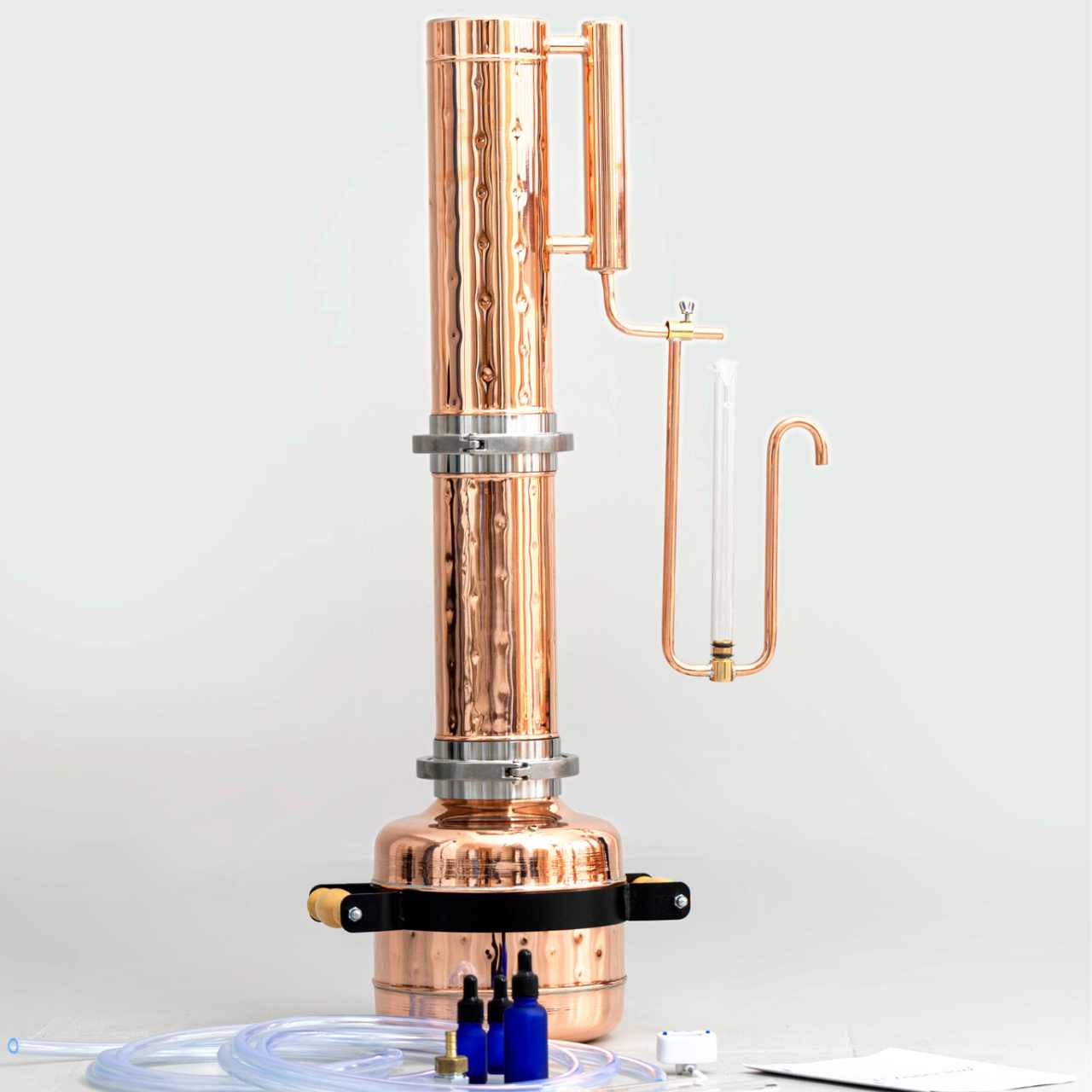
![Essential oil extractor 0.53G (2L) - [Premium Kit] - Copper Pro](http://copper-pro.com/cdn/shop/files/essential-oil-extractor-053g-2l-premium-kit-127057.jpg?crop=center&height=1280&v=1740390471&width=1280)
Comments (0)
Back to Blog Posts